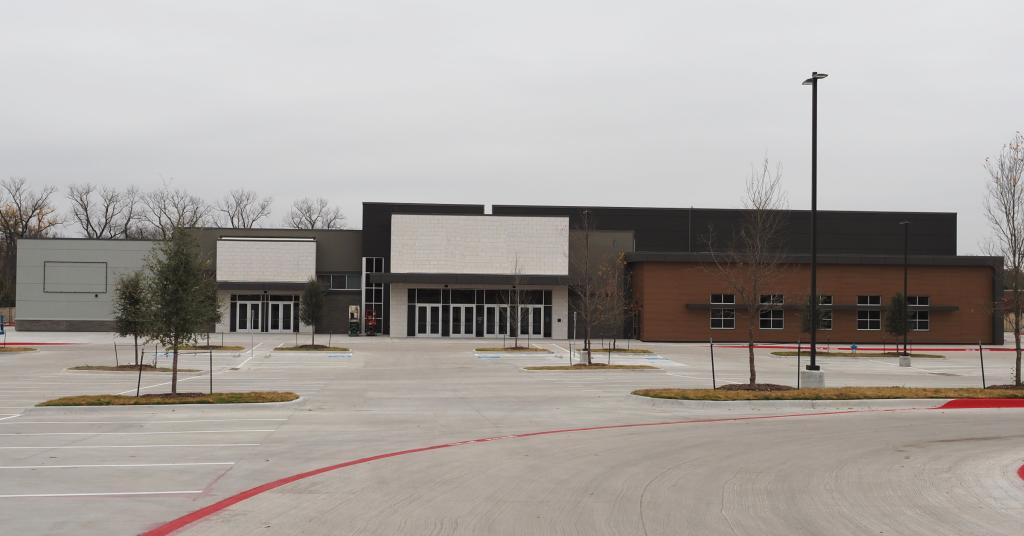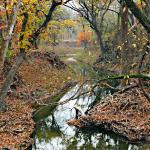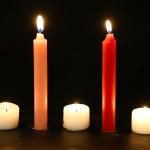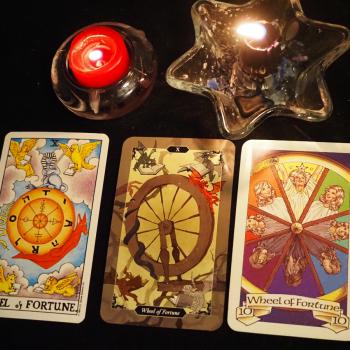The picture below is of a new building that’s going up a few miles from my house. Take a look at it – what do you think it’s going to be?
My first guess was a grocery store, or maybe one of the large fitness center chains. It could be big box retail, but the location (on a connecting street, not a major thoroughfare) makes that unlikely. In any case, the aesthetics scream “sales.”
It’s a church.
Now, it has signage that makes it clear it’s a church. I took that out of the photo, in part because I started thinking about this well before the signage went up, and in part because I don’t want to call out this particular church. They’re hardly the only ones doing this.
They’re an Evangelical church, though not the worst of the Evangelicals. According to the material on their website they’re not Calvinists, and their denomination ordains women… though there are no women on the pastoral staff of this particular church. I’m sure they’re good people doing the best they can.
Some of you have already jumped to “it fits – Evangelicalism is all about selling.” You’re not wrong. But my purpose in this post isn’t to bash Evangelicals. I judge them as I judge all religions: by how they live their lives and especially by how they treat other people. I’m not running an inquisition on heresy, architectural or otherwise.
Instead, I want to use this post to talk about the significance of architecture and other aesthetics in religion, and what we can learn from it as Pagans who for the most part do not have our own buildings.
Unmistakable holy places
The cathedrals and churches of medieval Europe were used for many purposes, both sacred and secular. Large indoor spaces were few and everyone was assumed to be Christian, so of course communities met there for a variety of reasons. But they were built as shrines to the glory of their God and as monuments to the majesty of their city. They were extravagant in an era where resources were severely limited. They were both an act of religious devotion and an expression of community pride (and at least part of the time, an expression of the egos of their leaders).
I’ve visited some of these cathedrals. Most of them are more museums than churches (fine buildings alone won’t save a religion that fails to be meaningful to its followers), but they’re still places of power. The architecture and the aesthetics call you to slow down, to remember your sacred stories, to pray, and to listen for the presence of your God.
Whether majestic cathedral or small parish church, there is no question what these buildings are, what they’re for, and who they’re for.
No one is going to mistake them for a grocery store.
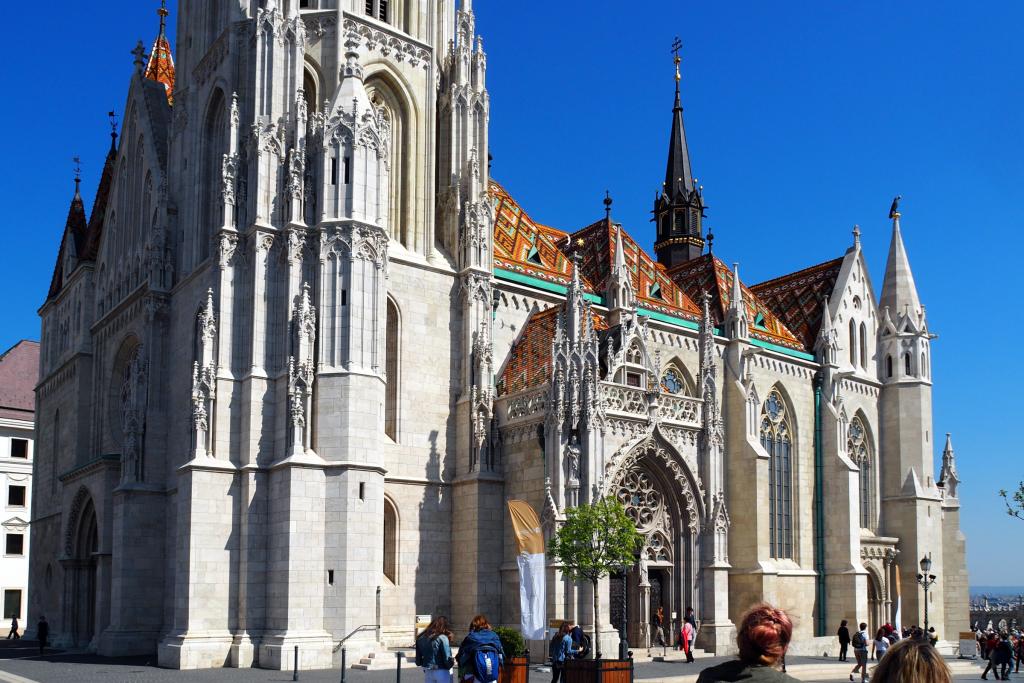
Timeless meeting houses
I grew up going to a small Baptist church in Tennessee. Like the cathedrals of Europe, it was built by people who were mostly poor… only without the financial backing of rich city leaders. It was a plain white rectangular building with a tall steeple – without a cross, because that would be too much like the Catholics. It was part of the Puritanical tradition of simple meeting houses, a practice followed both by New England Congregationalists (some of whom would eventually become Unitarian Universalists) and Southern Evangelicals.
The interior was as plain as the exterior. Hardwood floors, white walls, hard wooden pews, a message board for listing attendance and offerings (that was rarely updated), and a clock on the back wall where only the preacher could see it, even though he ignored it.
It was simple, but there was never a question of what this building was – you didn’t need a sign to tell you it was a church. You knew that when you saw it from the road, and you certainly knew it when you walked in the door.
If I recall correctly, the original building was built in the 1930s. A Sunday School wing was added in the 1950s, and the sanctuary was enlarged in the 1970s. At some point the exterior was bricked – it’s no longer white. But it’s still there, and it’s likely to be there for many years to come.
The life expectancy of a big box store is 20 to 30 years.
Hagia Sophia – built as a church, now a mosque – is over 1500 years old. Westminster Abbey is over 700. Numerous churches in the United States are over 300.
What does it say when you build a church you know won’t last 50 years?
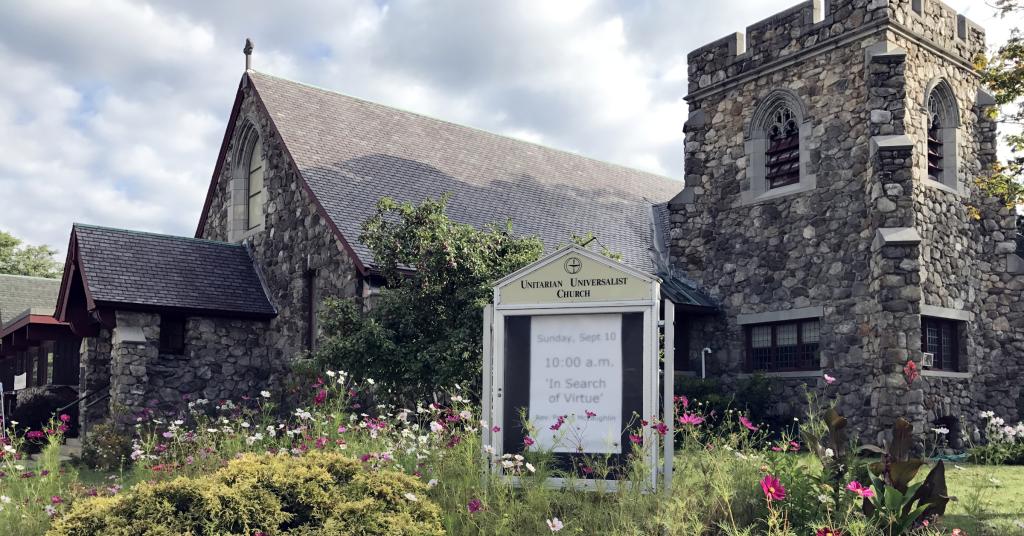
Form follows function
I’ve heard “form follows function” all my life. As it turns out, that’s not some ancient proverb. Rather, it’s the philosophy of 19th century American architect Louis Sullivan, who built some of the earliest skyscrapers.
Frank Lloyd Wright, a student of Sullivan, said “the higher truth is that form and function are one.” I think Wright was correct.
Imagine a meeting between the leaders of a church such as this and the architects they’ve hired to design and build a new church for them.
Architects: “So, what are you looking for in your new building?”
Church Leaders: “Well, we need space for classes and meetings. We need a big kitchen and a place for all of us to eat. And we need a theater with a big stage and lights and screens for our worship band and for our rock star pastor.”
Architects: “OK, what about the congregation?”
Church Leaders: “They’ll need comfortable seats. With cup holders.”
Architects: “How are they going to approach the altar?”
Church Leaders: “What’s an altar?”
Architects: “How are they going to participate in the worship?”
Church Leaders: “Oh, they can stand up and raise their hands.”
Architects: “Very well. One corporate standard big box coming up.”
Form follows function.
What this means for us: aesthetics matter
Perhaps someday we’ll have Pagan temples like our Greek, Roman, and Egyptian ancestors had: beautiful buildings that will proclaim the glory of our Gods and the strength of our communities. I doubt I’ll see them in my lifetime. Perhaps we don’t need them – that’s a different debate for a different time.
There’s a reason why most modern Pagan rituals begin by cleansing and creating sacred space. It’s not that the land and the buildings where we gather are dirty. It’s that they’re profane – they’re ordinary. Casting a circle, cleansing the circle, and performing a series of invocations serve to build a temple – space that is sacred (i.e. – set aside) if only for an hour or so.
Our ritual work is important, but so are all the decorations and accoutrements: altars with altar cloths, candles, statuary, offering bowls, and such. Ritual fires, especially a large central fire. Quarter altars and secondary shrines. Wall coverings, artwork, and all the things that tell us “this place is special.”
If you’ve got access to a clearing in the woods, you may need nothing more than a fire – Nature can provide all the aesthetics you need. If you’re using your back yard, you may need quite a bit to mask the ordinariness. If you’re using your bedroom because that’s all you have, you’ll need all you can get, and you’ll need to focus on yourself (clothes, jewelry, etc.) at least as much as you focus on your surroundings.
Aesthetics alone accomplish nothing. But they help put us in the right frame of mind to worship the Gods, to journey to the Otherworld, to work magic, or to do whatever it is we want to do in our rituals.
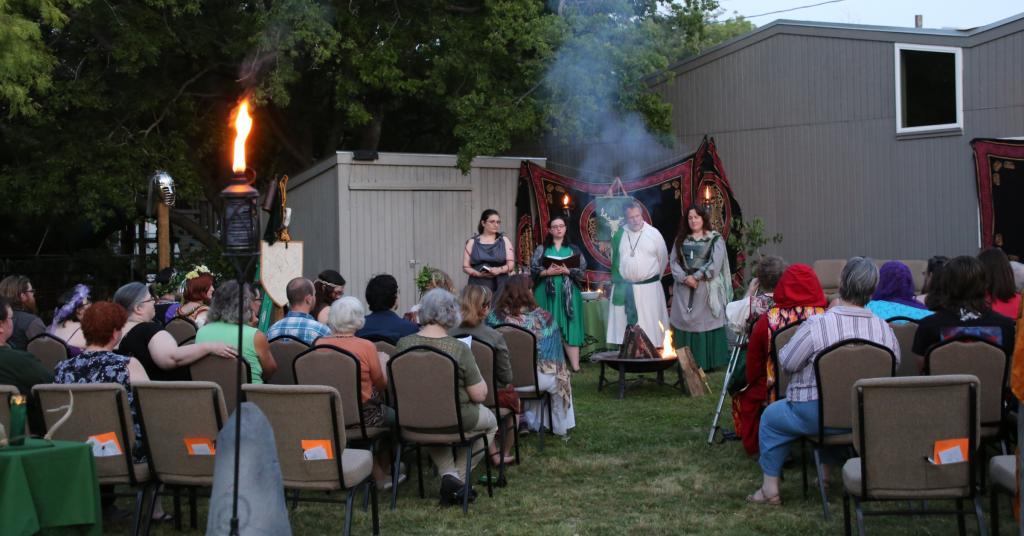
Form follows function for Pagans too
Focusing on function to the exclusion of form is bad. Focusing on form to the exclusion of function is worse.
Some of the worst Pagan rituals I’ve attended were when small groups led a main ritual at a big gathering. They took a ritual that worked great for 13 people and tried to do the same things for 100. And so we had people waiting around for 15 minutes while each person was individually cleansed as they entered the circle. Everyone stood in one circle – because that’s what Pagans do, right? – that was so big no one could hear and see what was going on.
Many Pagans are allergic to hierarchy (I’m allergic to arbitrary hierarchy) but sometimes rows of seating just make sense. I’m fond of concentric semi-circles.
Whether you’re building a temple that will last a thousand years or that will be disassembled at the end of the evening, make sure your form supports your function.
Everyone makes tradeoffs – what do you choose?
The leaders of this church obviously had a significant budget, but not an unlimited budget. They chose program space over sacred space. They chose a parking lot over a front lawn. They chose size over visual identity and speed of construction over long-term durability.
They made a tradeoff. Was it the right tradeoff? That’s not for me to say.
I will say I’m disappointed to have yet another big box in the neighborhood, especially when it could have been something beautiful and powerful.
As Pagans begin to gather in person again, I hope we’ll give some extra thought to the aesthetics of our spaces. How can we make them temples to the glory of our Gods and shrines to the power of our magic, even if only for an evening?


